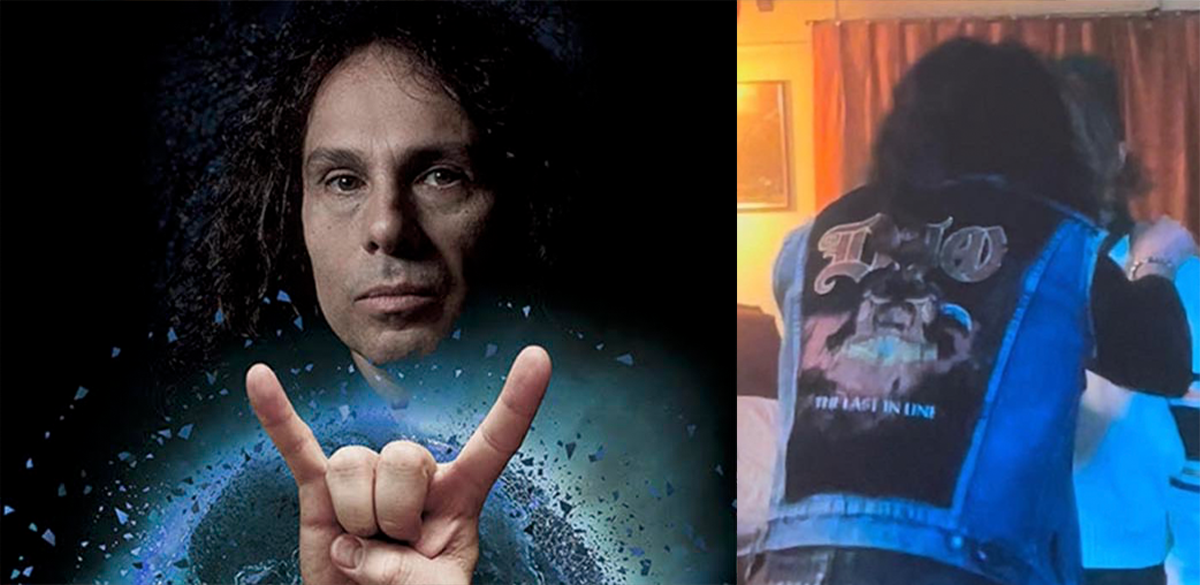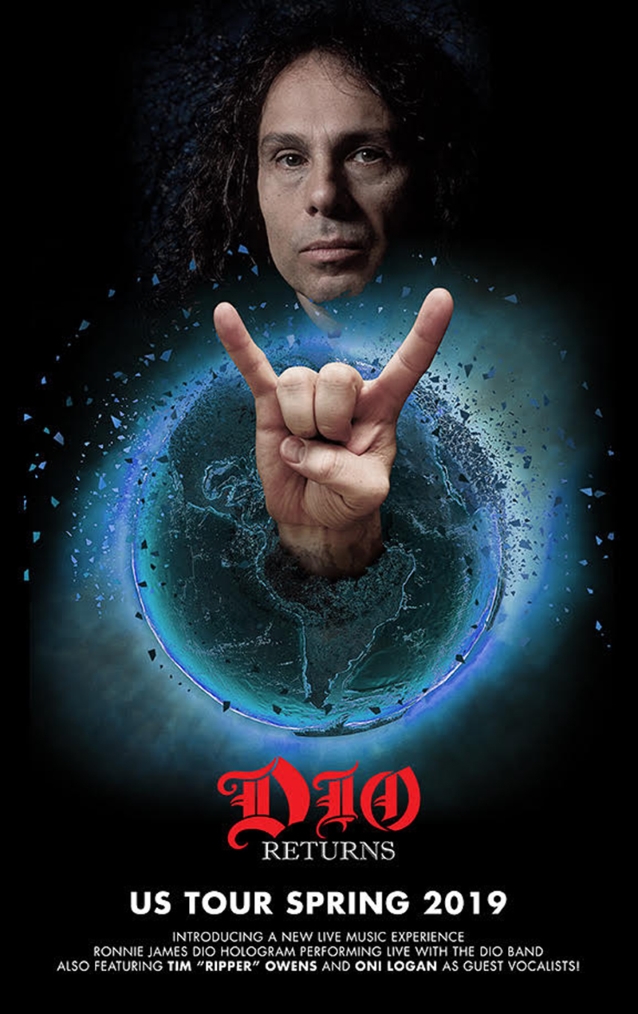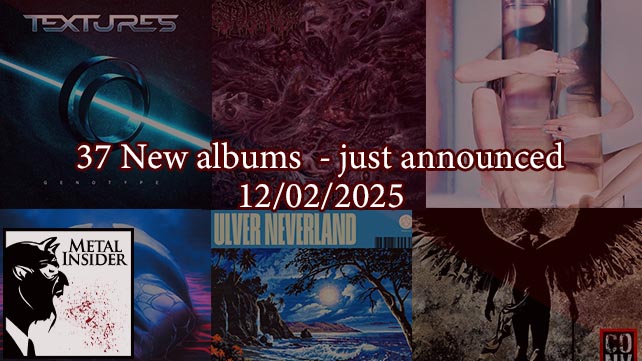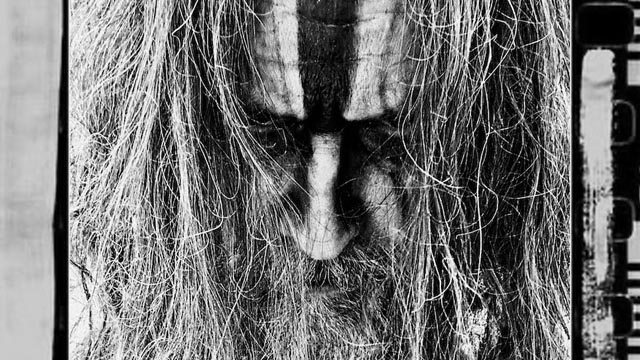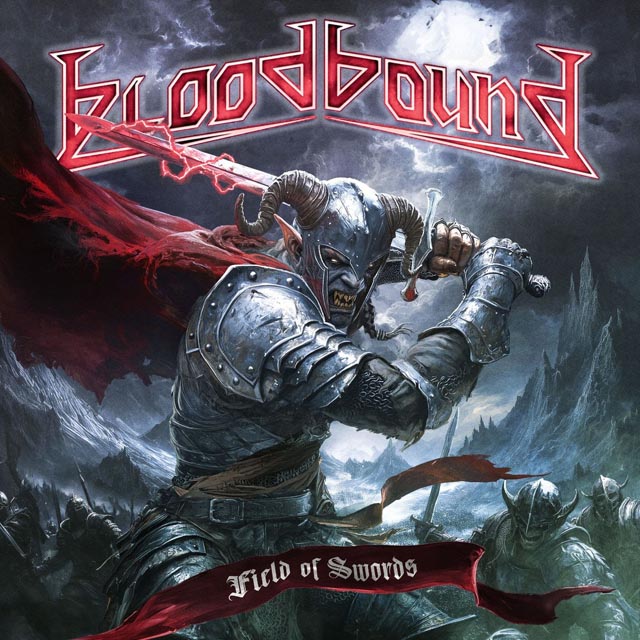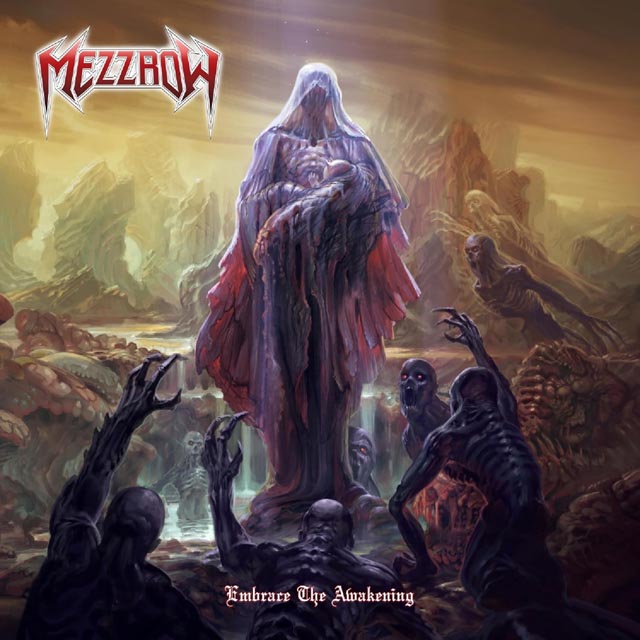
Four years ago, in the wake of Tupac’s hologram appearance at Coachella, we debated the legitimacy and future of holographic performances. While a few other deceased artists have been resurrected in holographic form since then, we at the time thought someone like Wendy Dio would be less than interested in rolling out a hologram version of the late Ronnie James Dio. Well, it’s 2016, and the Dio Hologram has been revealed. In fact, Wendy and digital effects company Eyellusion are already planning to have the legendary singer’s hologram go out on tour with Dio’s Disciples. The company’s CEO, Jeff Pezzuti, also let it slip that he’s been talking to more managers (including Motorhead’s) about doing similar tours with more deceased and living artists.
With the hologram performance of Ronnie James Dio now an actual thing, this led Metal Insider to once again question whether hologram performances are the wave of the future, and whether it’s a good or a bad thing.
Zach: I really want to believe that seeing the Dio Hologram could be an amazing experience. I want to believe that as pessimistic as I can be (especially about this topic), that I could be blown away and filled with so much joy if I actually witness this in person. But… I just can’t get over how skeeved out this makes me. Furthermore, I still can’t see people lining up around the block and paying a ridiculous amount for tickets (because you know it won’t be cheap) to see the Dio Hologram after the fact, even if he (It? Still unsure after all these years) is being backed by a live band. And I’d make that argument for most deceased artists. As Bram said it in the original article about the Dio Hologram, it’s really all about the element of surprise. Once that’s gone, all you’ve got left is the same performance… the same, creepy performance… I’m sorry, but it’s just too creepy!
I will say that the concept of giving still alive artists the option to broadcast performances via hologram is slightly more interesting. In theory, fans could experience their favorite band “live” from anywhere in the world, giving bands a way to reach a larger percent of their fans… but is watching a holographic performance really the same thing as experiencing their favorite band “live”? I loved watching The Big Four: Live from Sofia, Bulgaria in a movie theater packed with fellow metal fans. But was it the same as seeing The Big Four perform at Yankee Stadium? Absolutely not! It might be fun to witness once, but I still can’t see people willing to pay an excessive amount of money to participate in this (and I’d be shocked if such a project would be profitable if ticket prices were reasonable, given the amount of cost that must go into this sort of technology).
Chip: When I was kid growing up, dead rock stars and the fact that you would never get to see certain bands live in your lifetime were a fact of life. It will always remain a fact of life. You will never get to see Dio perform live again. You will never see Motorhead perform live again. You will never see Randy Rhoads, the original line-ups of Metallica, Mayhem, or Slayer, Dissection, Type O Negative, and dozens of other acts ever again. You will never see Joy Division, or Nirvana or Johnny Cash perform live either. But, it you want to pay your hard-earned money seeing a hologram of your dead hero on stage, by all means have at it. The only thing that will make it the ‘wave of the future’ is if enough people get duped into throwing their money at these types of shows. Frankly, it’s neither a ‘bad’ or ‘good’ thing because in the long run I think we’ll be looking back at this as just another marketing gimmick. It’s just a new and inventive way for the music industry to keep making money off dead musicians. But they’ve been attempting that since Buddy Holly immolated in a corn field, so we really shouldn’t be surprised by any of this at all. Oh, and you won’t see Buddy Holly, Ritchie Valens or The Big Bopper either.
Bram: I’m of two minds here. On the one hand, it can viewed as a cynical cash grab exploiting the memory of someone that has no say in the matter. On the other hand, I’ve had the opportunity to see Dio both with Heaven and Hell and as a solo artist (one time at Madison Square Garden opening for Iron Maiden with Motorhead supporting – let that sink in). There’s an entire generation of metal fans that might have been turned on to Dio in the six years since his passing that haven’t gotten to see him play live before. And while Dio’s Disciples and/or The Last In Line are doing a great job of carrying on the legacy of his music, the showmanship of seeing a hologram while hearing Dio’s magical voice is a spectacle that many will want to see. So who the hell am I to begrudge Wendy Dio for wanting to carry on her husband’s legacy?
As Chip said, you’ll never see Dio perform live again, so maybe seeing him in hologram form is the next best thing. Hell, they already have the technology, why not make a Jimmy Bain hologram too? Seriously, this is probably the future. If I was a popular and tech-savvy artist, I’d be having a camera crew film me right now for the inevitable post-death hologram tour, saying stuff like “how’s everyone doing out there? Actually I don’t care because I’m a hologram.” There will come a tipping point if this catches on where audiences will tire of watching what’s essentially a 3D movie of an artist, but until then, knock yourself out.
Alix: I’m not sure how I feel about it yet. I have always embraced technological advancement in basically every medium because we are moving towards the future, but it’s a bit strange to consciously think that you’ll be heading to a show to watch a hologram perform. If we take it from that perspective, there is no difference with some artists who sell out entire arenas where most of its audience have to look at the monitors to see what the hell is going on that stage. But the fact that there is no actual vivacity coming from that stage and everything is basically scripted is a bit of a let down and defeats the purpose of seeing a live band.
On the other hand, many want to keep up with this trend to bring back some of those artists that are not with us, to reach out younger generations who never had chance to see perform or were even alive by the time the defunct artist died. That’s the upside of doing this and, as Bram mentioned, it’s also the next best thing to just not see that musician at all. The selling point would have to be the awareness that this is not in any way a substitution to either the deceased person or its live show but rather a rendition to his memory to bring some of their art back to life.
There’s also the business side of it as many bands may take advantage of this technology as a money-grab tactic from those loyal fans who’d still want to have the experience but that’s a much complicated subject that will differ from person to person on the legitimacy of it.
I’d go to a GG Allin hologram show as long as the feces and urine are also holographic.
Chris: Personally, I’m really not keen on the idea of holograms being used in live performances to add longevity to a band’s career after a key member has passed away, and I’m surprised to hear that any band members or family members of the deceased are accepting of this notion. Using a computerized representation of a dead person feels like an easy way to cash in on nostalgia for the “glory days” of a band, and in many ways, it feels like it cheapens the performances that the person gave when they were alive. Like Alix mentioned, it also takes away the entire point of going to see a band play live, because crowd interaction and personal performance flairs are just as much a part of a band’s live show as the actual playing of the songs.
I’m even more concerned, though, about the slippery slope this places us on with regards to future usage of holograms in live shows. How long is it before an entire band of holograms with recorded tracks is playing a live show? The Hologram Beatles doing a worldwide stadium tour would be an enormous cash grab with minimal overhead for a record label and zero benefit for the members of The Beatles, both living and dead. Or even worse, how long is it before bands decide to have holograms replace band members that leave the band but are still alive? Imagine what would have happened if Killswitch Engage had simply replaced Howard Jones with a hologram of Howard Jones after his departure? Sure, it wouldn’t help when it came time for the band to record a new album, but if it was a viable option at the time when Howard left, the band wouldn’t have had to take any time off from touring, and could have feasibly continued that way indefinitely if they wanted. Most disturbing of all, how long do you think it is before record labels start writing clauses into the contracts of performers, stating that band members can be replaced in live shows with holograms whenever the label deems it necessary? That’s a pretty terrifying thought, if you ask me.
Holograms in live shows are not a good thing, and I’m really hoping this concept gets squashed before it can gain momentum.


